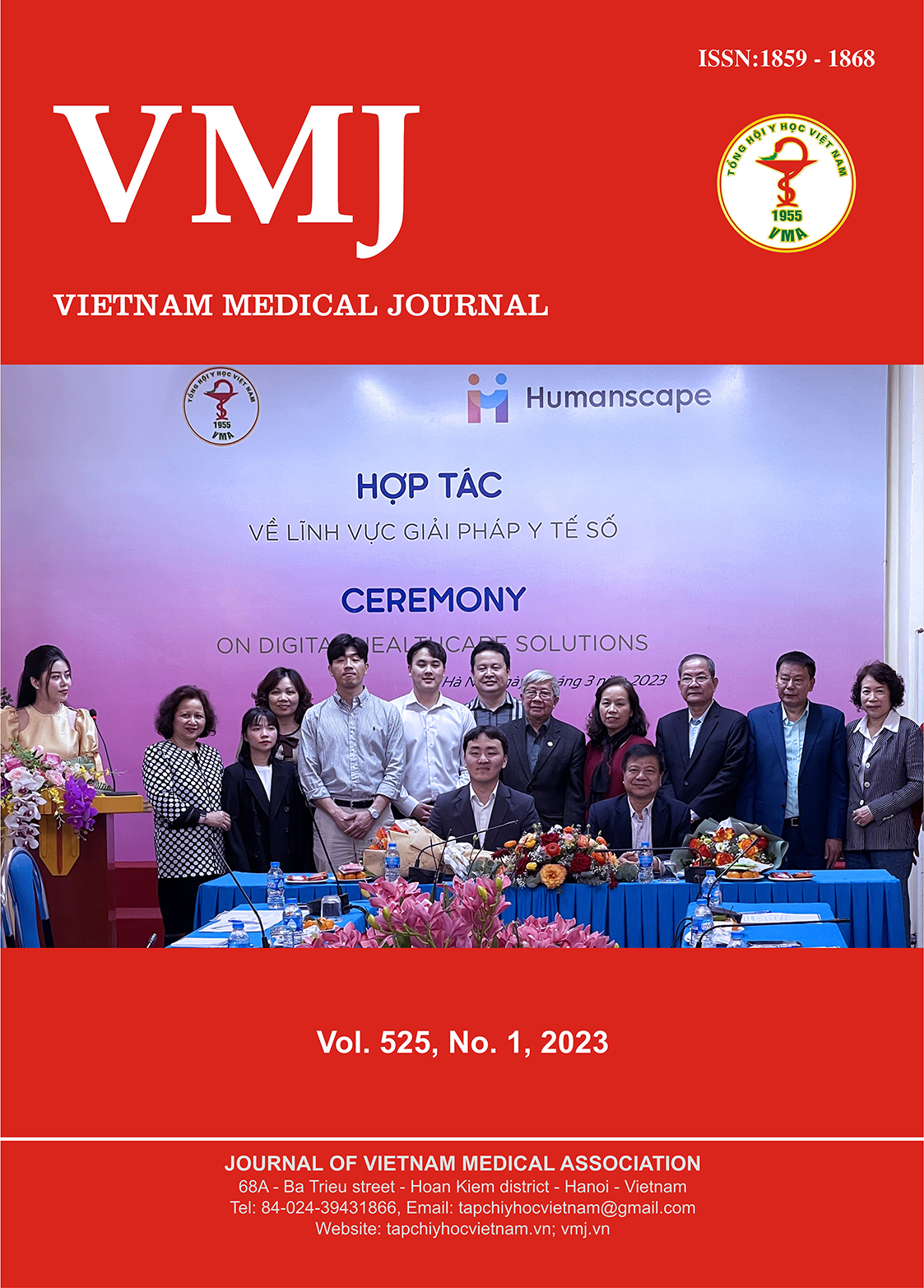TREATMENT OF DIFFUSE INFLAMMATION IN THE JAW AREA: MULTIPLY 2 CLINICAL CASES LUDWIG’ ANGINA - CASES REPORT
Main Article Content
Abstract
Target: Analyze the factors related to the treatment results of diffuse facial inflammation through 2 cases to draw experience in diagnosis and management attitude. Objects - Methods: 2 patients diagnosed with diffuse inflammation in the jaw area were treated at the Faculty of Facial Surgery and Plastic - 108 Centre Military Hospital on December 2019. Method: Description of a cluster of diseases. Results - Discussion: Diagnosis of diffuse inflammation in the jaw area is based on clinical and imaging diagnosis. Diagnostic imaging methods can use ultrasound, computed tomography, magnetic resonance. Computer tomography is often used because of the rapid duration of the scan, assessment of soft inflammatory lesions, and to assess bone and tooth damage. Computerized tomography image said: (1) edema of the organization, the location, size of purulent foci, the direction of spread of inflammation, the appearance of air bubbles in the organization; (2) degree of tamponade of the airway; (3) condition of inflammation spread to the mediastinum, pleura; (4) the source of the infection can be teeth. Diffuse inflammation in the jaw area progresses rapidly, with a high risk of death. Treatment should be aggressive, comprehensive based on factors: early diagnosis, airway control, adequate purulent drainage enlargement surgery, high-dose antibiotics, cause tooth extraction. Conclude: Diffuse inflammation in the jaw area is an emergency disease, need early diagnosis and surgery, incision to remove the pus satisfactorily at the beginning, Combined with systemic antibiotics, treatment for other associated systemic disorders will bring good results, shorten treatment time, reduce the number of surgeries as well as treatment costs, reduce the risk of death.
Article Details
Keywords
Inflammation spread in the jaw of the face.
References
2. Inflammatory oral-maxillofacial region. Tran Van Truong. Medical Publishing House 2010
3. Oral pathology. Volume 1. Medical Publishing House. 2004
4. Parhiscar A, Har-El G. Deep neck abscess: A retrospective study of 210 cases. Ann Otol Rhinol Laryngol. 2001;110:1051-4.
5. Irani BS, Martin-Hirsch D, Lannigan F. Infection of the neck spaces: A present day complication. J Laryngol Otol. 1992;106
6. Sethi DS, Stanley RE. Deep neck abscesses - changing trends. J Laryngol Otol. 1994;108:138-43.
7. Busch RF, Shah D. Ludwig's angina: Improved treatment. Otolaryngol Head Neck Surg. 1997;117:S172-5.
8. Saifeldeen K, Evans R. Ludwig's angina. Emerg Med J. 2004;21:242
9. Bansal A, Miskoff J, Lis RJ. Otolaryngologic critical care. Crit Care Clin. 2003;19:55-72.
10. Moreland LW, Corey J, McKenzie R. Ludwig's angina. Report of a case and review of the literature. Arch Intern Med. 1988;148:461-6.


